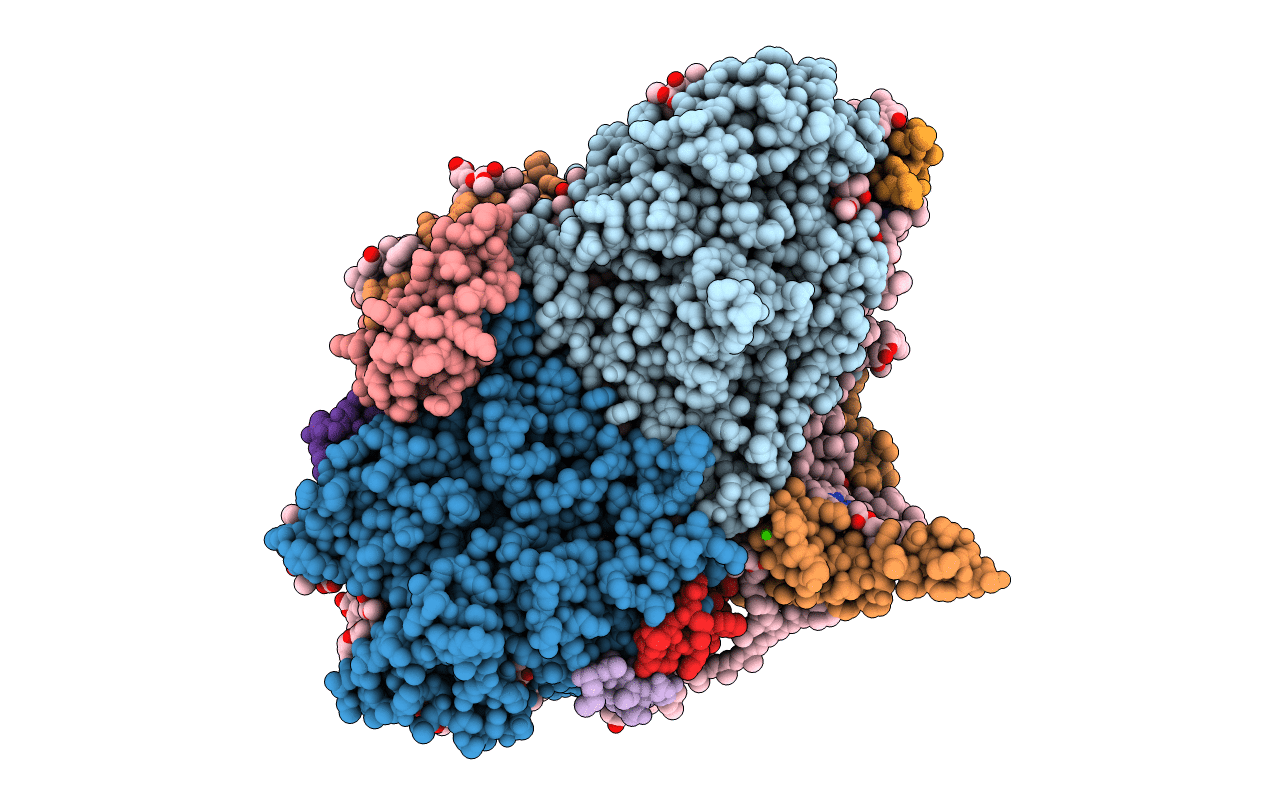
Deposition Date
2010-10-21
Release Date
2011-02-02
Last Version Date
2024-10-30
Method Details:
Experimental Method:
Resolution:
8.98 Å
R-Value Free:
0.23
R-Value Work:
0.25
R-Value Observed:
0.25
Space Group:
P 63


